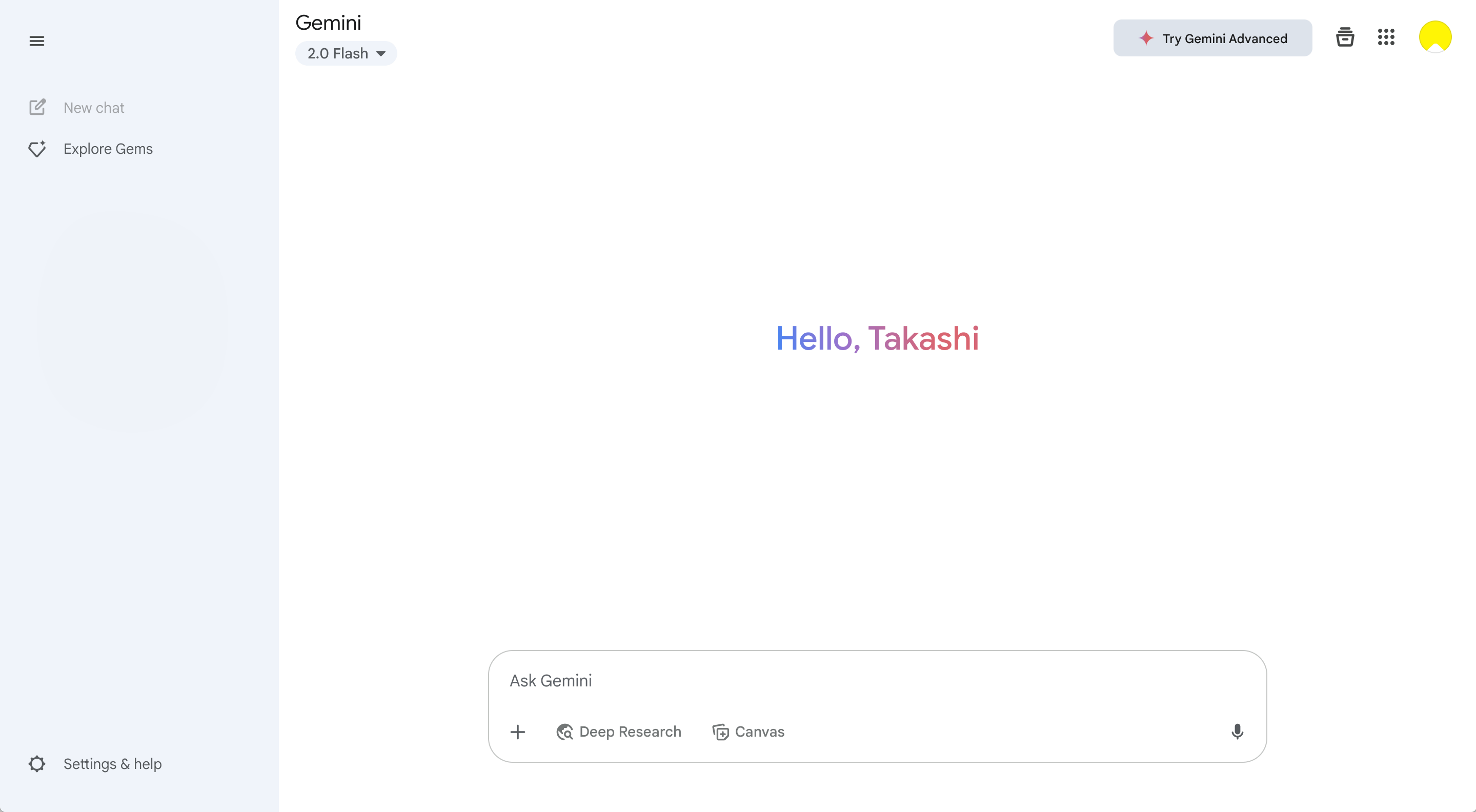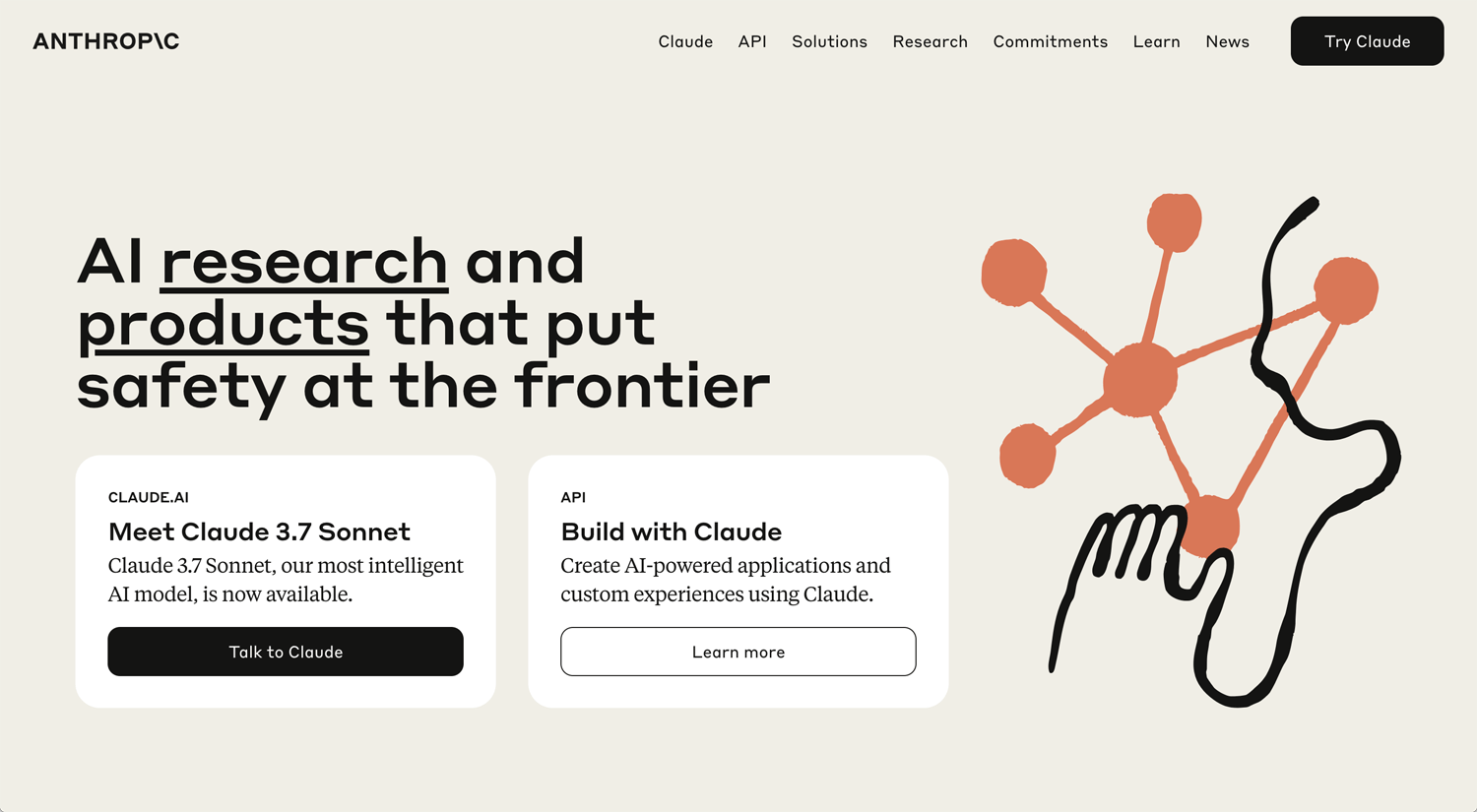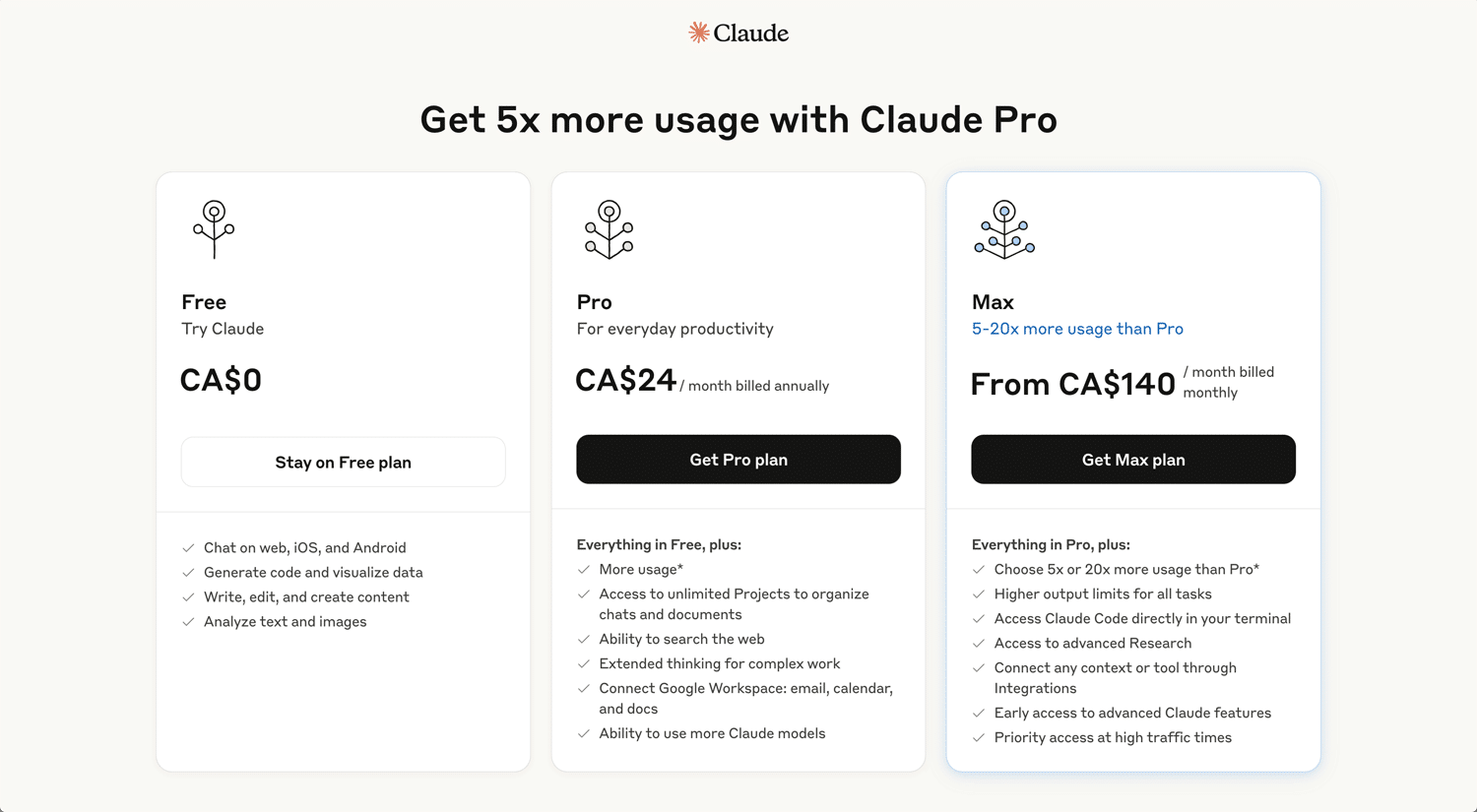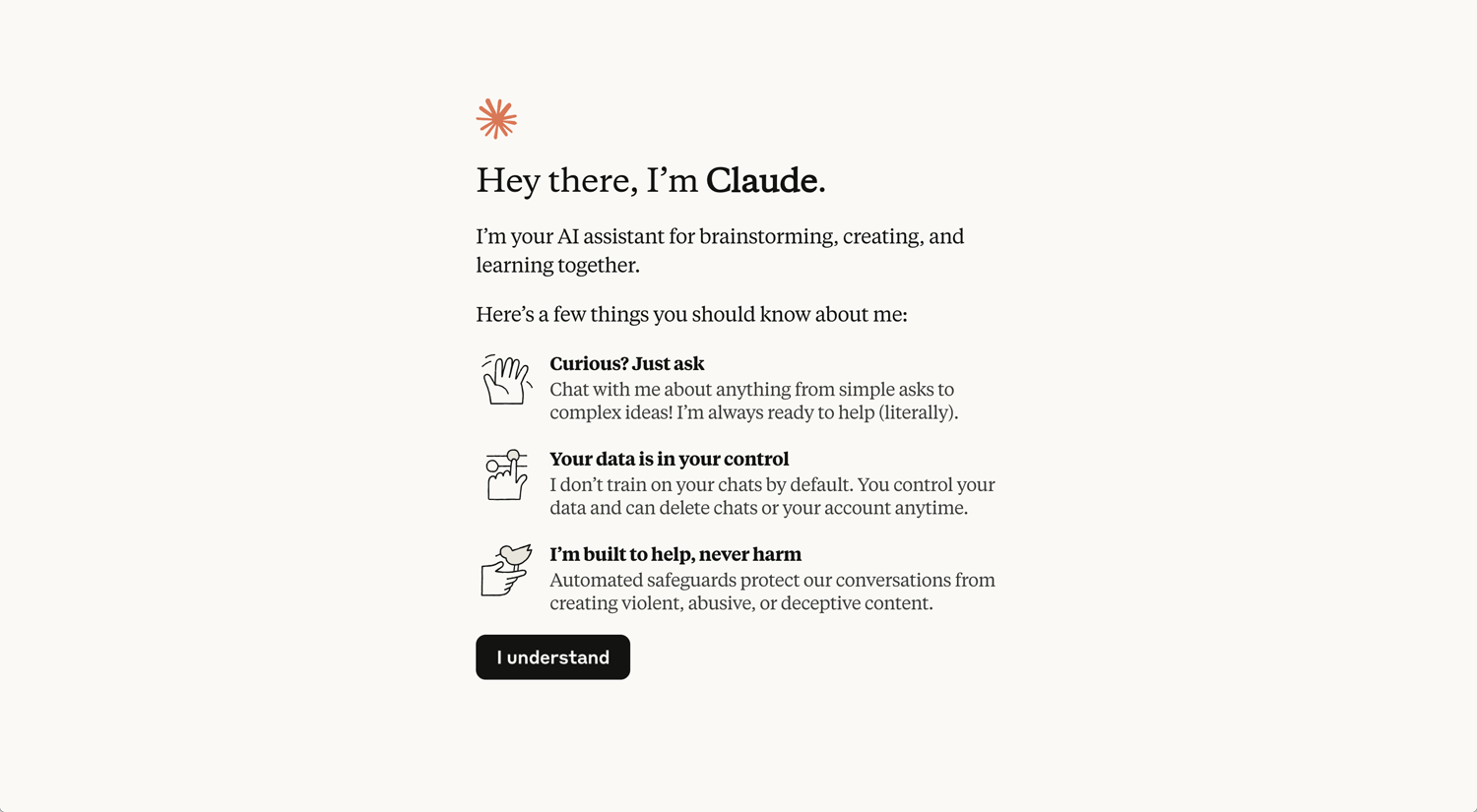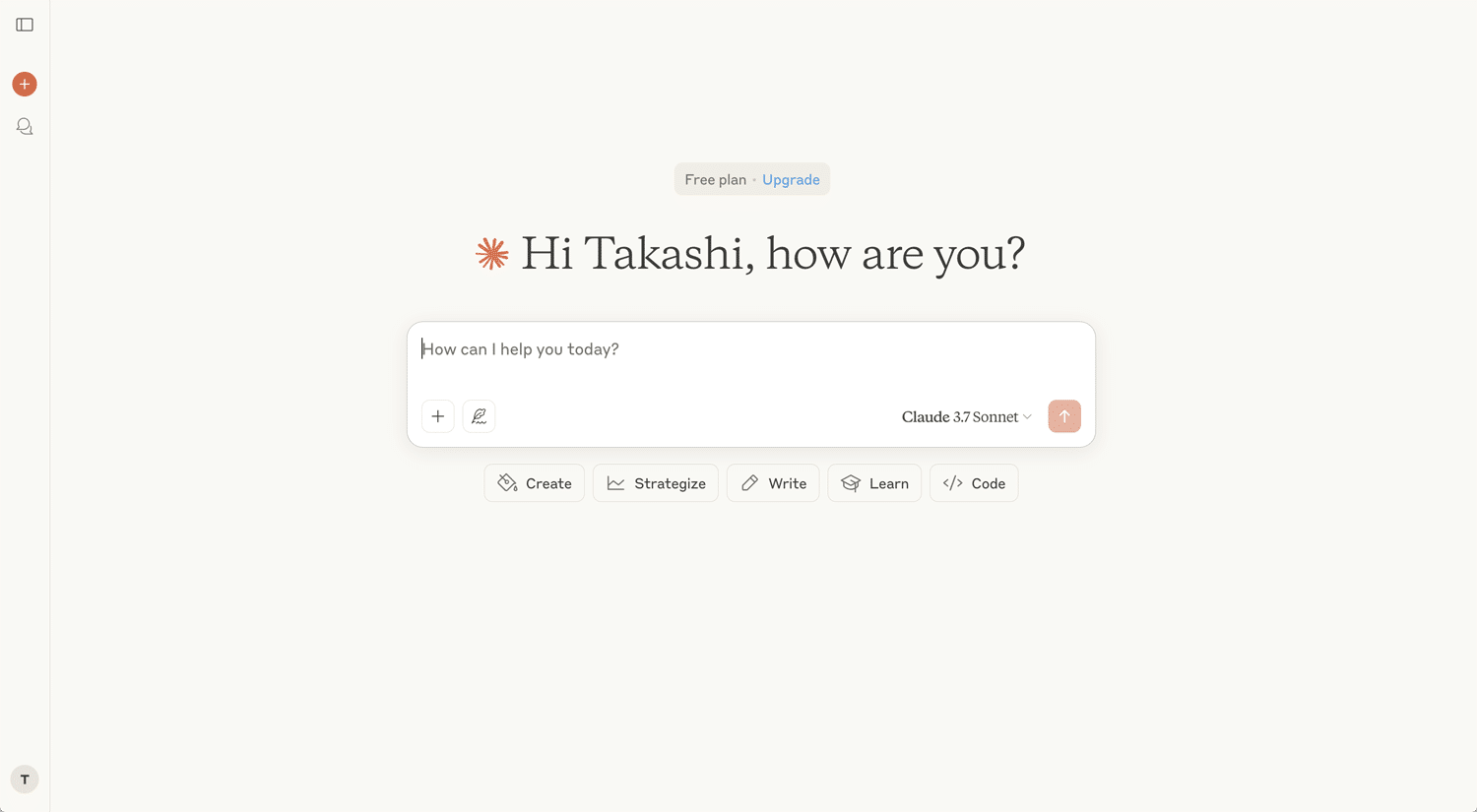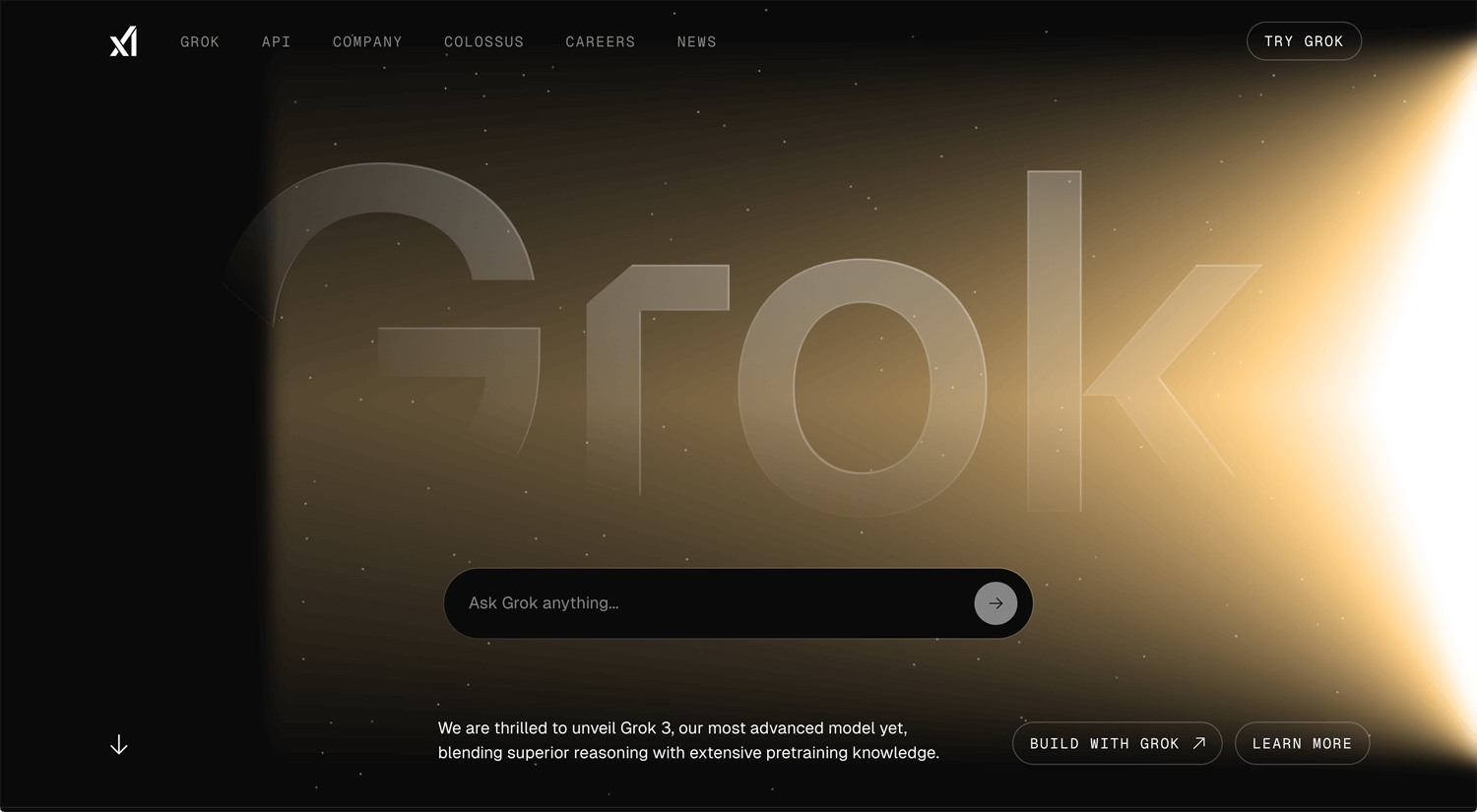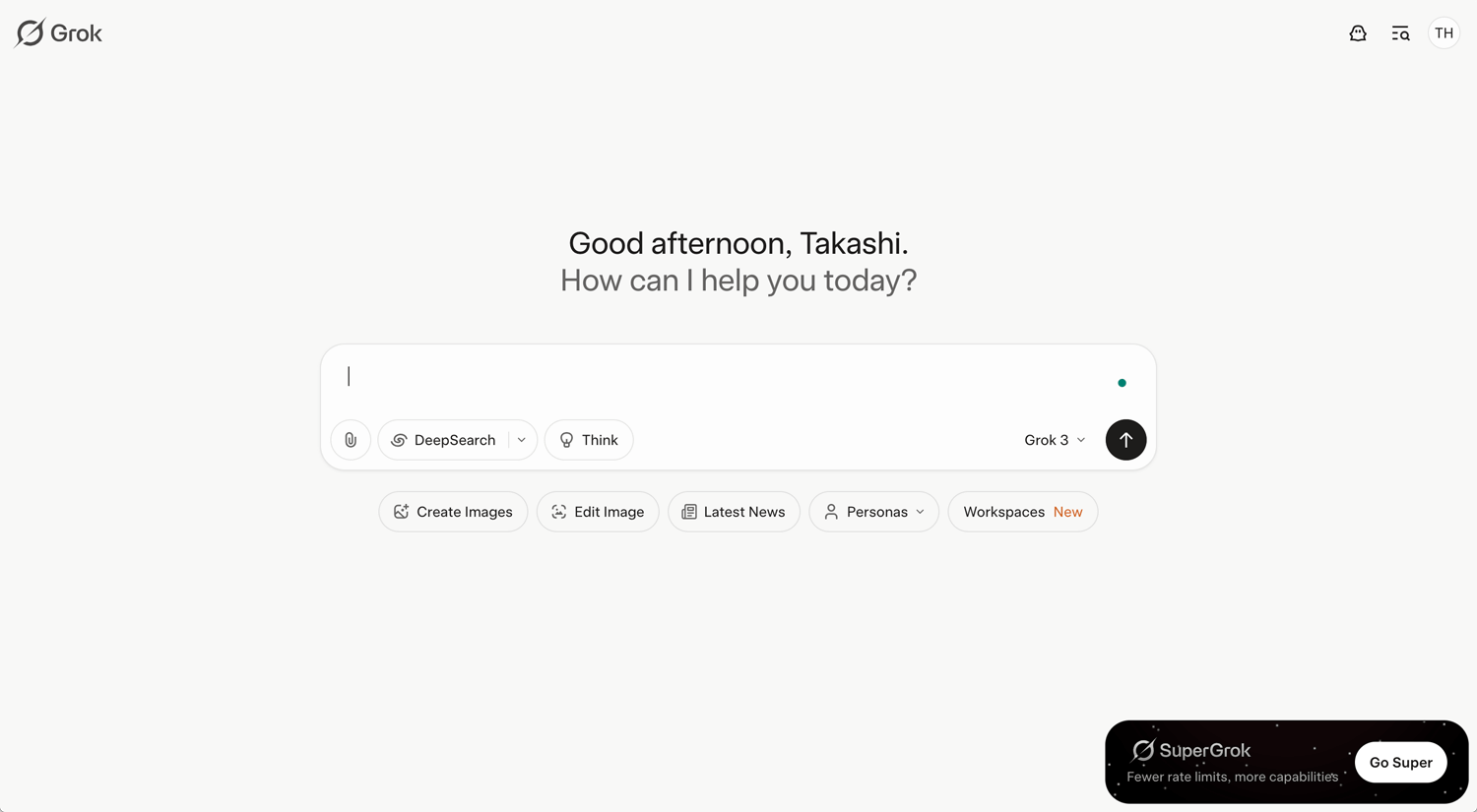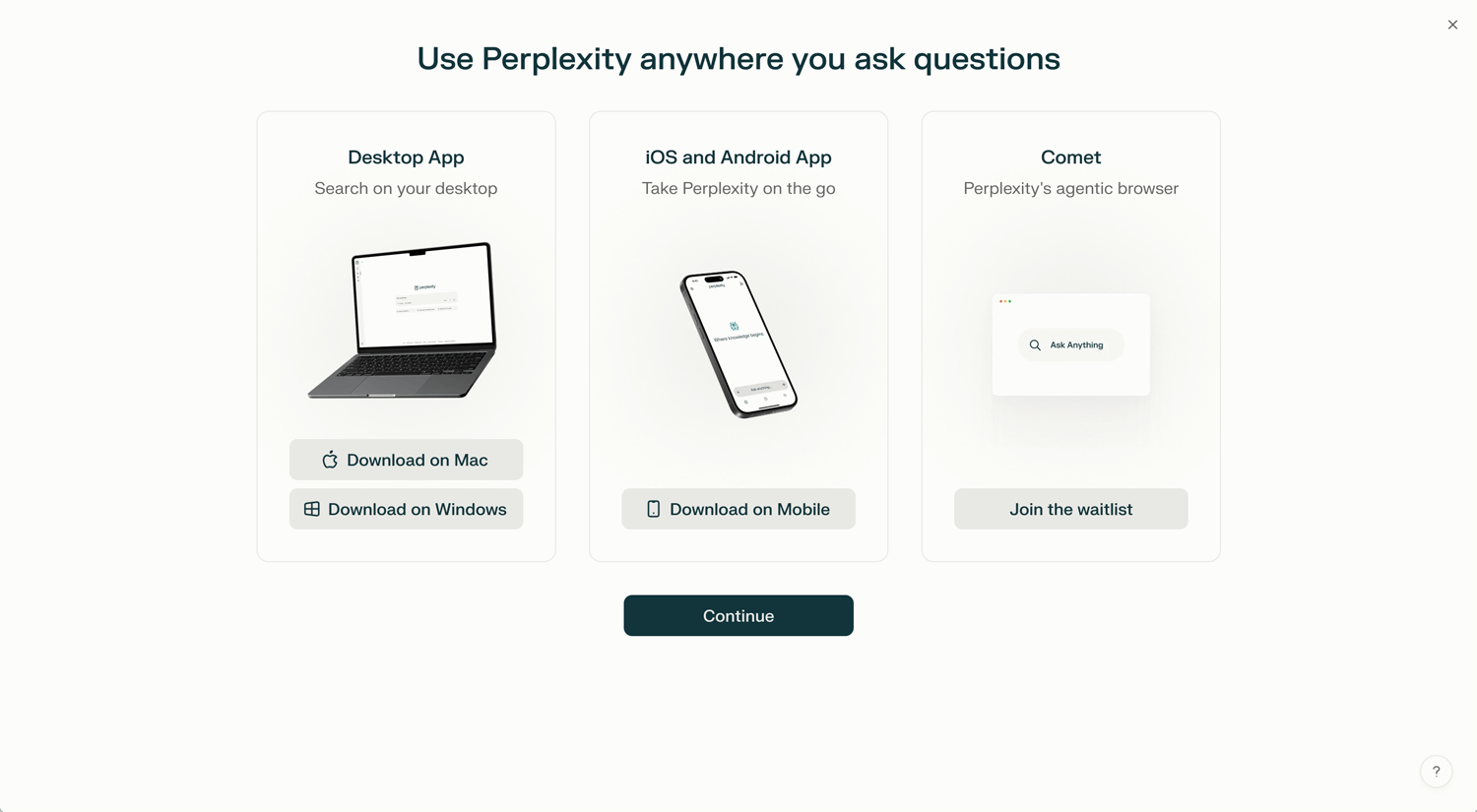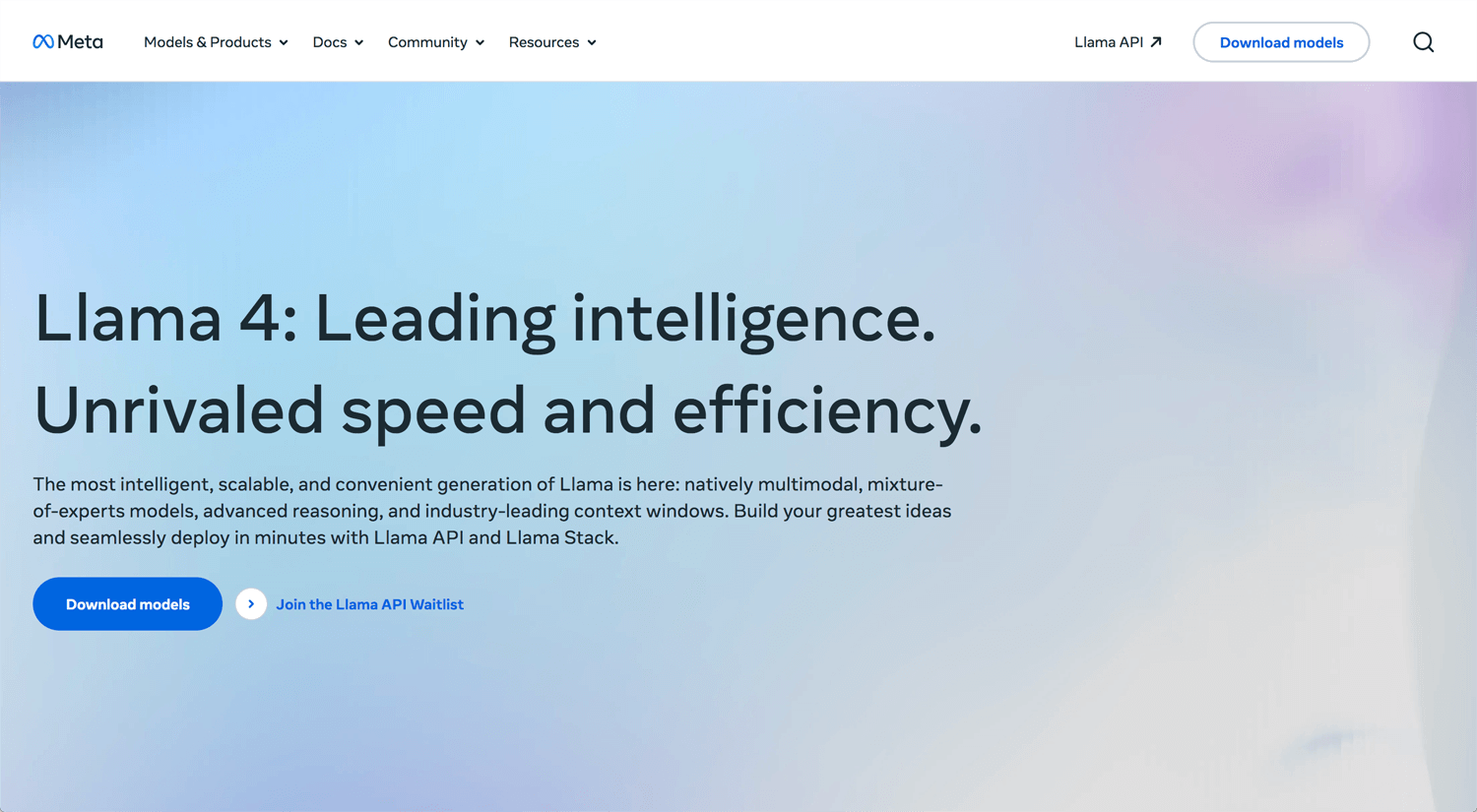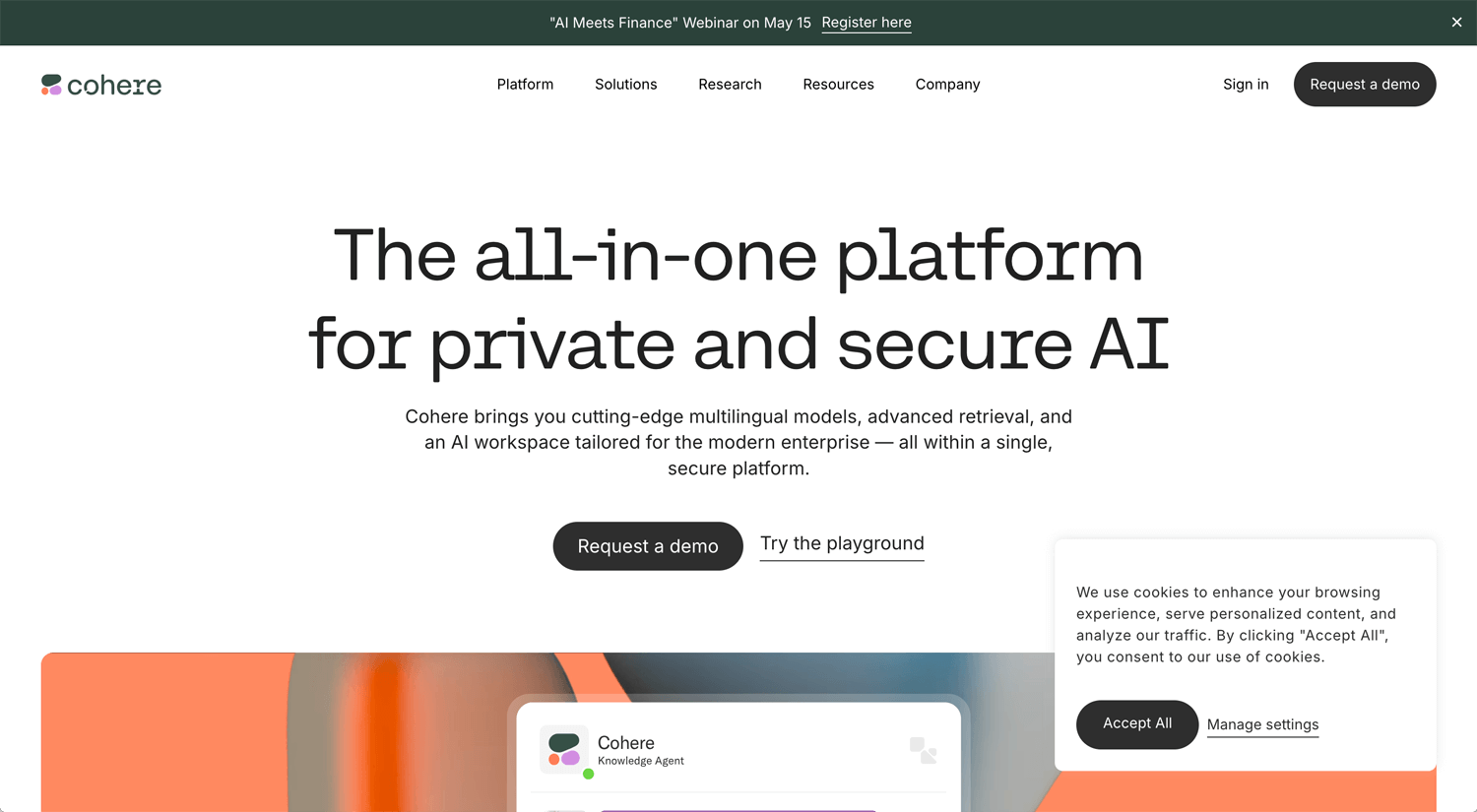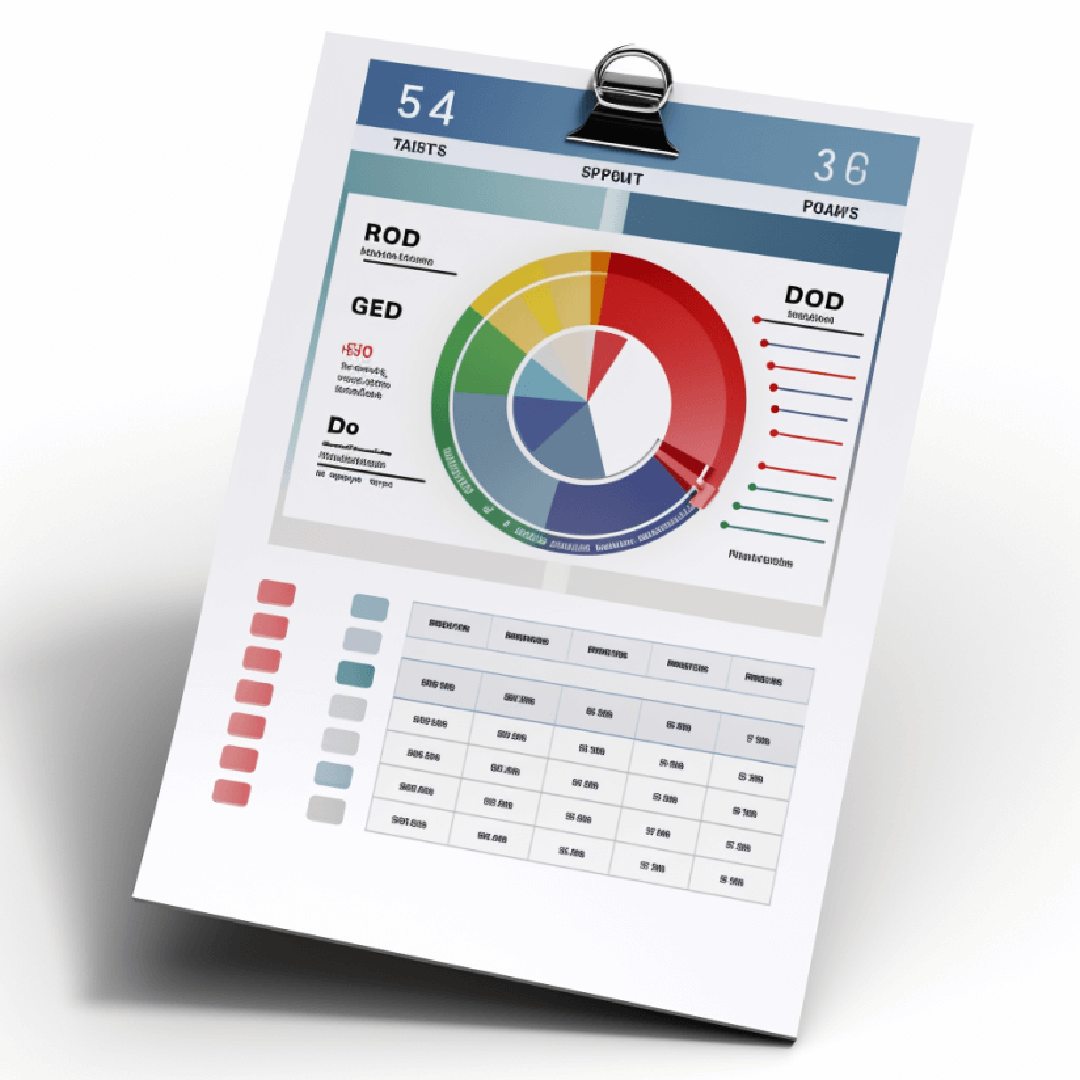Story: AI era as a freelance web and graphic designer
I’m not a tech expert — just an ordinary person who is doing what I like for make a living. I listen (not watching) YouTube every day, and I often hear both national and tech news from the U.S.
Like many people, I’ve started using ChatGPT, made by OpenAI. As I’ve used it, I’ve naturally come across other AI names like Gemini, Anthropic, Perplexity, Grok by X, and LLaMA by Meta. Every time a new model is released, someone says, “This one’s the best!” But honestly, I don’t really know what makes one model better than another.
From my point of view, if ChatGPT keeps helping me solve my problems, I don’t feel the need to switch even it is not the best. That’s how many regular users like me probably feel.
Even so, I’m curious. What are the differences between these AI tools? Should I be using different ones for different tasks? I decided to take a closer look.
What is a Large Language Model (LLM)?
A Large Language Model (LLM) is a type of artificial intelligence designed to understand and generate human-like text. It learns by analyzing massive amounts of written content—like books, websites, and conversations—to recognize patterns in how we use language. Once trained, it can respond to questions, write articles, translate languages, and even chat with you naturally. Popular LLMs include ChatGPT (by OpenAI), Gemini (by Google), Claude (by Anthropic), and others. While each one works a bit differently, they all aim to help people communicate, learn, and create more easily using AI.
OpenAI
OpenAI is an American artificial intelligence company best known for creating ChatGPT, a popular AI chatbot built on its large language models (LLMs) like GPT-3.5 and GPT-4. Its main products include ChatGPT, DALL·E (an AI image generator), Codex (for writing code), and Whisper (for speech-to-text). These tools are used for a wide range of tasks—writing, coding, customer service, tutoring, design, translation, and more. OpenAI’s products are used by everyday users, students, content creators, developers, and businesses looking to improve productivity, creativity, and communication. Originally started as a non-profit research lab, OpenAI is now a capped-profit company with a mission to ensure artificial general intelligence (AGI) benefits all of humanity.
- Main Product: ChatGPT (also DALL·E, Codex, Whisper)
- Model Name: GPT-3.5 / GPT-4 (latest: GPT-4-turbo)
- Strengths: Creative writing, coding, general Q&A, image generation
- Integrated With: Microsoft products (Word, Excel, Copilot)
- Who It’s For: General users, developers, businesses, students
- Special Feature: Available as a chatbot and API, broad capability across text and image
Basic question: What’s the difference between Sora and Dalle?
Sora (by OpenAI)
- Purpose: Generates videos from text prompts.
- Output: Short video clips (typically seconds long).
- Input: Text prompts like “a robot walking through Tokyo at night.”
- Focus: Motion, scene dynamics, realistic environments, storytelling.
DALL·E (also by OpenAI)
- Purpose: Generates images from text prompts.
- Output: Still images or illustrations.
- Input: Text prompts like “a futuristic cityscape at sunset.”
- Features: Includes inpainting (editing parts of an image) and variations (generate similar styles).
I primarily use ChatGPT. Honestly, I don’t have a strong reason for choosing it over others. I’d be fine using Gemini, Anthropic, or Perplexity—they’re all well-known—but ChatGPT window is usually open on Google Chrome and it has answered my questions well enough. So, I haven’t had a reason to switch.
Example Questions for Brainstorming:
- Can you describe the client’s business and their business model?
- What are the current trends in their industry?
- Who are their main competitors, and who is the market leader?
- Who is their target audience?
- What are the top priorities or concerns for that audience?
- Why might the audience choose not to use the client’s product or service?
- What sets the client apart from their competitors?
- What is the client’s unique value proposition?
- What are the typical customer objections or pain points?
- What would success look like for this client in the next 6–12 months?
Gemini by Google
Gemini is Google’s family of advanced AI models developed by its AI research division, Google DeepMind. It was formerly known as Bard but rebranded in 2024 as Gemini, with the latest versions named Gemini 1.5 Pro and others. Gemini powers tools like Google Bard, Google Workspace (Docs, Gmail, Sheets, etc.), and Android AI features, making it deeply integrated into Google’s ecosystem. Its main uses include answering questions, writing content, summarizing emails or documents, coding, and helping with creative tasks. Gemini is designed for general users, students, professionals, and developers, especially those already using Google products. Its tight connection to Google Search and YouTube gives it strong access to real-time web information, making it unique compared to some competitors.
- Main Product: Gemini (formerly Bard)
- Model Name: Gemini 1.5 Pro (latest version)
- Strengths: Deep integration with Google Search, YouTube, and Workspace (Docs, Gmail)
- Integrated With: Android, Google products
- Who It’s For: Google users, students, professionals, researchers
- Special Feature: Real-time web access and context from Google ecosystem
Many people are using ChatGPT in May 2025, and there is growing concern about Google’s market share. That’s because the search business model and user behavior are both changing. When I was in Japan, using Windows usually meant the default browser was set to Yahoo! Japan (which is backed by SoftBank), so I assumed Yahoo! was the dominant player, at least for laptop users. However, research shows that Google holds about 80% of the search market in Japan. I’m not sure what devices are driving this, since Yahoo! had a very strong position before I left.
For this blog, I chatted with Gemini, and it worked well. Since Google has access to vast amounts of data, I felt the results were reliable. Google also offers many products that users are already deeply integrated with—Gmail, Drive, Workspace, Sheets, Docs, Maps, YouTube, and more. Once Google fully integrates Gemini across all these platforms, the number of users could increase significantly.
Anthropic
Anthropic is an AI safety and research company based in the U.S., founded by former OpenAI employees. Its main product is the Claude family of AI models, including the latest version, Claude 3. Named after Claude Shannon, a pioneer of information theory, Claude is built to be helpful, honest, and harmless—reflecting Anthropic’s focus on AI alignment and safety. Claude is used for tasks like writing, summarizing, coding, research, and customer support. It’s popular among knowledge workers, tech-savvy users, and organizations that value transparency and ethical AI behavior. One of its standout features is its ability to process very large documents, making it especially useful for legal, academic, and enterprise use cases.
- Main Product: Claude (Claude 3 model family)
- Model Name: Claude 3 (Haiku, Sonnet, Opus)
- Strengths: Safety-focused, processes long documents, well-behaved assistant
- Integrated With: Not tied to major platforms but available via API and web app
- Who It’s For: Professionals, researchers, ethical AI supporters
- Special Feature: Can handle very large text inputs; focused on trustworthy AI
People use Claude for a variety of reasons, with several key features that make it valuable:
Core capabilities:
- Knowledge and reasoning: Claude can provide information across many domains like science, history, literature, and technology, with knowledge up to October 2024
- Creative writing and content creation: Claude can draft emails, essays, stories, and other written content
- Complex problem-solving: Claude can break down complicated questions, analyze information, and provide structured thinking
- Coding assistance: Claude can write, explain, and debug code in various programming languages
- Conversational ability: Claude can engage in natural discussions that feel human-like
Distinguishing features:
- Nuanced understanding: Claude can grasp complex contexts, detect subtleties, and follow multi-part instructions
- Long-context processing: Claude can work with lengthy conversations and documents while maintaining context
- Helpful but harmless: Claude is designed to be both useful and safe, avoiding harmful content while being maximally helpful
- Customizable responses: Claude can adjust my tone, style, and response length according to your preferences
Grok by xAI
Grok is an AI chatbot developed by xAI, a company founded by Elon Musk, and it is integrated into X (formerly Twitter). Unlike other AI tools, Grok is designed to have a more humorous, bold, and uncensored personality, reflecting Musk’s vision of “AI with a rebellious streak.” Grok is tightly linked to real-time content on X, making it good at answering questions about trending topics, news, and online conversations. It’s primarily aimed at X users, especially those who subscribe to X Premium. While still evolving, Grok stands out for its access to social media data and its unfiltered tone, which appeals to users who want a more raw or unconventional chatbot experience.
- Main Product: Grok
- Model Name: Grok (version not publicized in detail)
- Strengths: Real-time answers from X (Twitter), bold and humorous tone
- Integrated With: X (formerly Twitter)
- Who It’s For: X Premium users, Elon Musk fans, trend-watchers
- Special Feature: Access to social media data; more casual or edgy personality
I didn’t even know Grok had a free version. When I use X (formerly Twitter), it prompts me to subscribe to access Grok. I asked Grok how people are using it, and Grok said:
People use Grok for:
- Real-Time Insights: Tracking news, trends, and X sentiment.
- Content Creation: Writing witty X posts and generating images with FLUX.
- Business Automation: Streamlining CRM, ERP, and data analysis tasks.
- Research & Problem-Solving: Summarizing info and brainstorming ideas.
- Coding: Debugging and generating code, strong on benchmarks.
- Innovative Uses: Assisting Neuralink patients, used by DOGE.
- Creative Projects: Designing visuals, logos, and art.
- Entertainment: Humorous chats and casual banter.
Limitations: Inaccuracy risks, privacy concerns (X data training), subscription costs (X Premium $8-$16/month), and less suited for formal tasks.
Popularity: 10x mobile download spike, 260% U.S. user growth since Feb 2025. Best for real-time data and creative tasks.
I simply asked Grok which is better—ChatGPT or Grok—and received a reasonable response.
ChatGPT:
- Pros: Versatile, excels in creative writing, business tools, integrations (DALL-E, plugins). Deep responses, accessible ($20/month Plus, free tier).
- Cons: Cautious, slower for real-time data.
- Best for: General use, content creation, business.
Grok 3:
- Pros: Superior in STEM (93.3% AIME’25, 79.4% LiveCodeBench), real-time X data, witty tone, transparent reasoning. 1400 ELO score.
- Cons: Limited integrations, costly ($30-$40/month, no free tier), weaker in creative tasks.
- Best for: Technical reasoning, real-time trends.
Verdict: ChatGPT for versatility and accessibility; Grok for STEM and unfiltered, real-time data. Try both for your needs. Verify outputs.
Perplexity
Perplexity AI is an AI-powered search engine and answer tool designed to give quick, cited answers to user questions. It uses large language models to summarize information from the web in real time, always showing sources so users can verify the facts. Unlike traditional chatbots, Perplexity focuses on research, fact-finding, and search accuracy—making it popular among students, professionals, and curious learners. It’s especially useful when you need reliable answers with citations, not just conversational replies. Perplexity has both free and pro versions and continues to grow as a trusted tool for AI-assisted online research.
- Main Product: Perplexity Search and Pro
- Model Name: Uses models like GPT-4, Claude, and its own fine-tuned engines
- Strengths: Real-time search with citations, research-focused
- Integrated With: Web browser (no major platform lock-in)
- Who It’s For: Students, researchers, curious users
- Special Feature: Always shows sources; ideal for fact-checking and learning
Perplexity: Key Features Overview
- Conversational AI Search: Provides clear, context-aware answers with real-time web search and source citations.
- Multiple LLMs: Access top models like GPT-4 Omni, Claude 3, Grok-2, and more for diverse perspectives.
- Real-Time, Cited Info: Answers backed by up-to-date, verifiable sources.
- File & Document Analysis: Upload PDFs, CSVs, images for summarization and insights.
- Search Modes: Quick Search for fast answers; Pro Search for in-depth research with context retention.
- Content Creation: Generates and summarizes text for blogs, social media, and professional use.
- Organizational Tools: Spaces for team collaboration and Threads Library to save conversations.
- Privacy & Security: Incognito mode and enterprise-grade protections.
- Multimodal Support: Some models enable image generation (e.g., DALL-E 3).
Why Choose Perplexity?
- Combines real-time search with multiple LLMs.
- Provides transparent, cited answers.
- Supports file uploads and team collaboration.
- Ideal for research, fact-checking, and content creation.
LLaMA (Large Language Model Meta AI)
LLaMA is Meta’s answer to OpenAI’s GPT, Google’s PaLM/Gemini, and Anthropic’s Claude. It’s designed to be efficient, open-access, and suitable for researchers and developers to use and fine-tune.
Why LLaMA Matters:
- Open Access: LLaMA 2’s openness has made it a popular base for developers and startups building custom AI tools.
- Performance: LLaMA 2 performs well compared to proprietary models like GPT-3.5 and Claude Instant.
- Customizability: Because the models are open, companies can fine-tune them for internal use or deploy them on their own infrastructure.
Use Cases:
- Chatbots and assistants
- Content generation
- Embedding and search (via fine-tuned LLaMA models)
- Code generation (with additional tuning)
Why Open Source Matters
- Transparency: See how it works and verify its behavior.
- Customizability: Adapt it to your specific needs or industry.
- Cost Efficiency: Avoid ongoing API fees by self-hosting.
- Privacy & Security: Keep sensitive data in-house.
- No Vendor Lock-In: Full control over your tech stack.
- Faster Innovation: Benefit from global community contributions.
- Accessibility: Makes advanced tools available to smaller teams and researchers.
Cohere AI
Cohere is an AI company that develops large language models (LLMs) for enterprise use, similar to OpenAI, Anthropic, or Google DeepMind. Founded in 2019 and based in Toronto, Cohere focuses on building foundation models that businesses can integrate into their own platforms and products — especially for search, classification, content generation, and language understanding.
Key Points About Cohere:
- Focus on Enterprises:
Unlike some AI companies that target consumers, Cohere primarily serves businesses. Their models can be deployed in the cloud or on a customer’s own infrastructure (important for privacy/security-sensitive industries). - Multilingual & Domain-Specific Models:
They emphasize customizable, multilingual language models that can be fine-tuned for specific industries or use cases. - Cohere Command R and Embed Models:
These are some of their flagship models — “Command R+” is optimized for retrieval-augmented generation (RAG), while their embedding models are used in search and recommendation systems. - Partnerships & Competitors:
Cohere competes with OpenAI, Anthropic, and Google, but it often positions itself as a more open or infrastructure-flexible alternative. It has partnered with companies like Oracle, Salesforce, and others to offer enterprise-grade AI.
Conclusion: Very competitive
I explored the major LLMs, and honestly, they’re all impressive. Knowledgeable people often compare them in detail, so I asked each model about the differences between them. They highlighted their features, but as an everyday user who hasn’t done a deep technical dive, I don’t strongly feel the differences in practice. This is somewhat of a disadvantage for Google. If users don’t notice a difference, they’ll stick with ChatGPT and personalize it. There’s no strong reason to switch to another platform once a user gets used to it (and personalized). I’m not sure who will come out on top by 2030—or if all of them will coexist.
As a freelance web and graphic designer, what I can do is use these AI tools daily to enhance the quality of my work. I don’t focus solely on productivity, but I certainly don’t underestimate its importance. For me, AI is less about replacing what I do and more about pushing what I can offer—smarter, faster, and more creatively.

